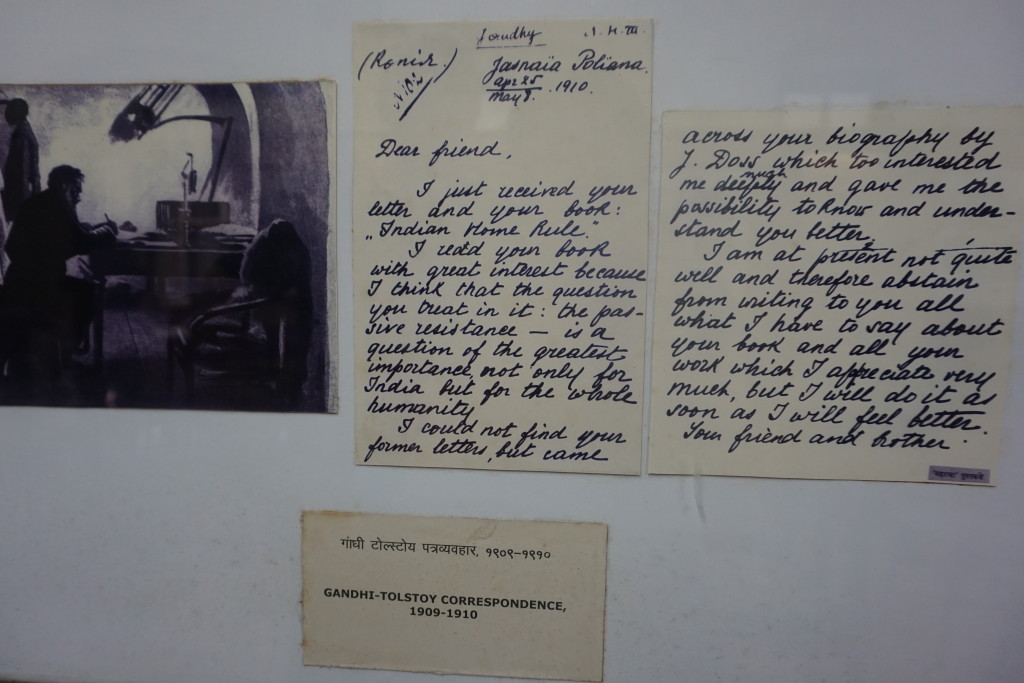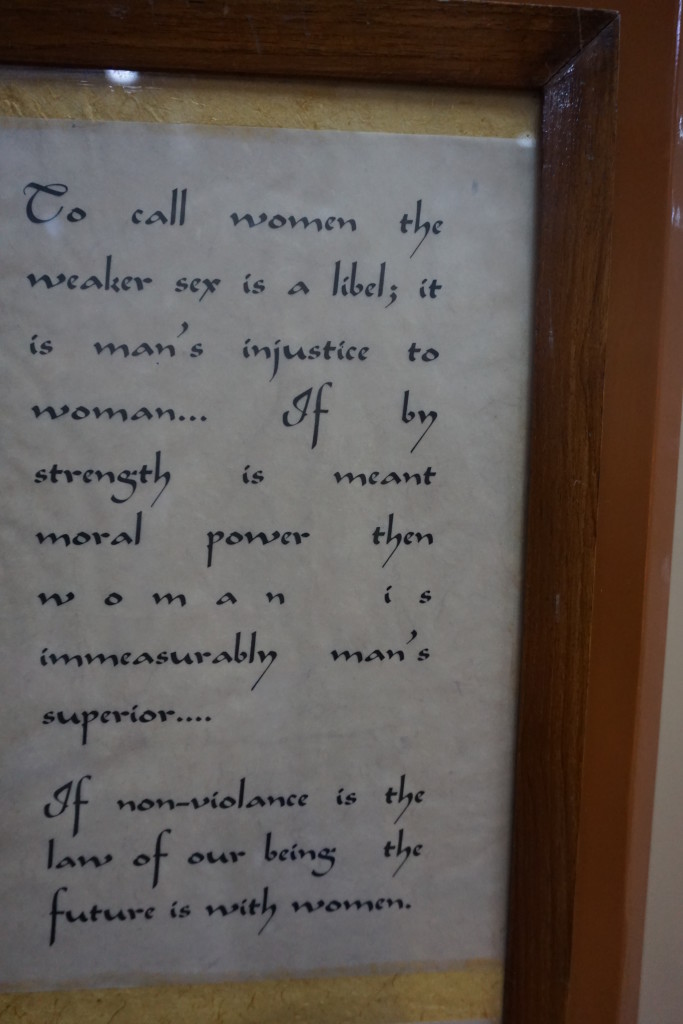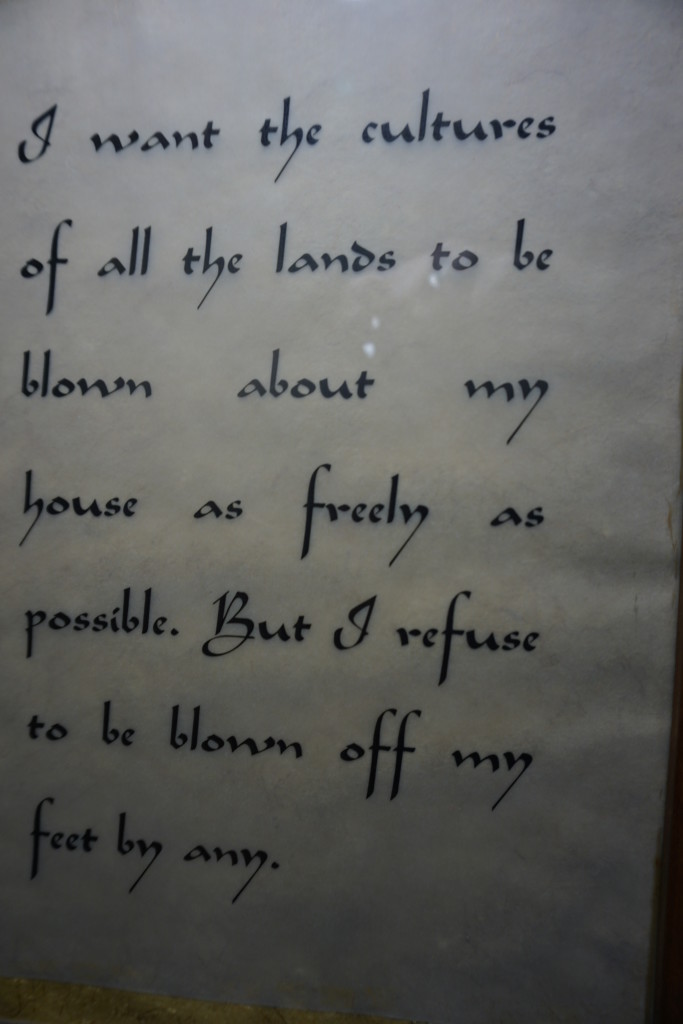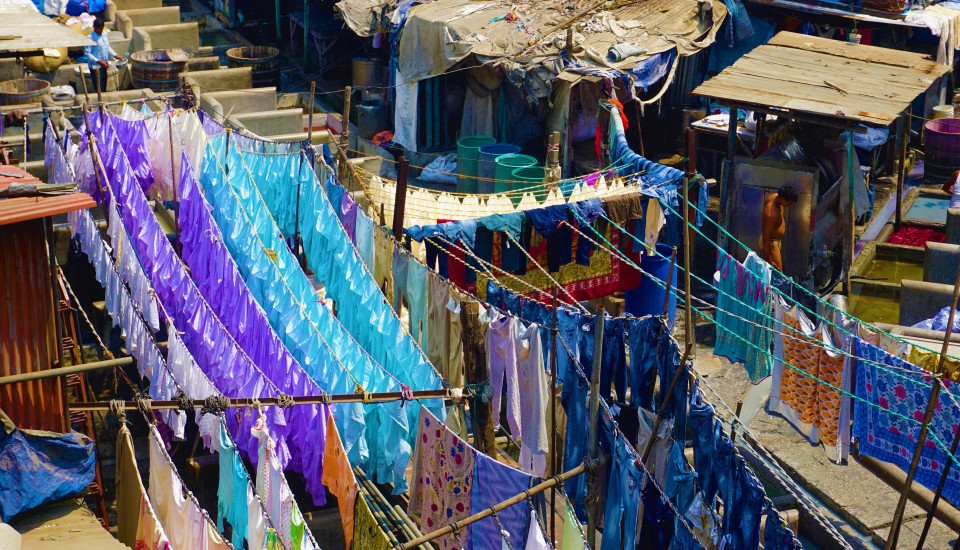Day 295, Mumbai, India
Raj, or Raj the Hammer, as I renamed him, drove us around Mumbai for the day. We’ve ridden many a taxi in the most conjested cities in the world, in every contraption with wheels possible, watching as pedestrians and animals fend for their lives. But I have never seen chaos on the streets like this, never. This adds a whole new category to organized street chaos titled I-thought-I-was-gonna-die-right-there. Oh man, the fear was real.
It quickly became apparent that Raj was the king of playing chicken on the road, and used to winning. Whether putting his paint job, shocks, or our lives at risk, he aggressively got his way on the road, making every other vehicle his bitch. He whisked us where we wanted to go in record time, with massive psychologically scarring, but physically unharmed.
Raj would shoehorn the taxi into tiny spaces not by nudging his way, but by ramming forward and making it clear who was cutting off who. People sensed his crazy will and would just back the fudge off. Even when bullying scooters or pedestrians, he applied no mercy. Size also didn’t matter, as even large trucks and buses submitted to The Hammer’s will. Drivers here must sense when someone is playing for keeps, is willing to dent your car, scrape your paint off, or take a couple of lives. Some replied with a sore-loser tiny horn beep, but only while looking at our rear bumper. The best way to travel in this city by taxi is to simply not watch. My beset advice is this: Look away. And never look back. Ever. This was the ceiling in our cab. I looked there a lot. It was my safe place.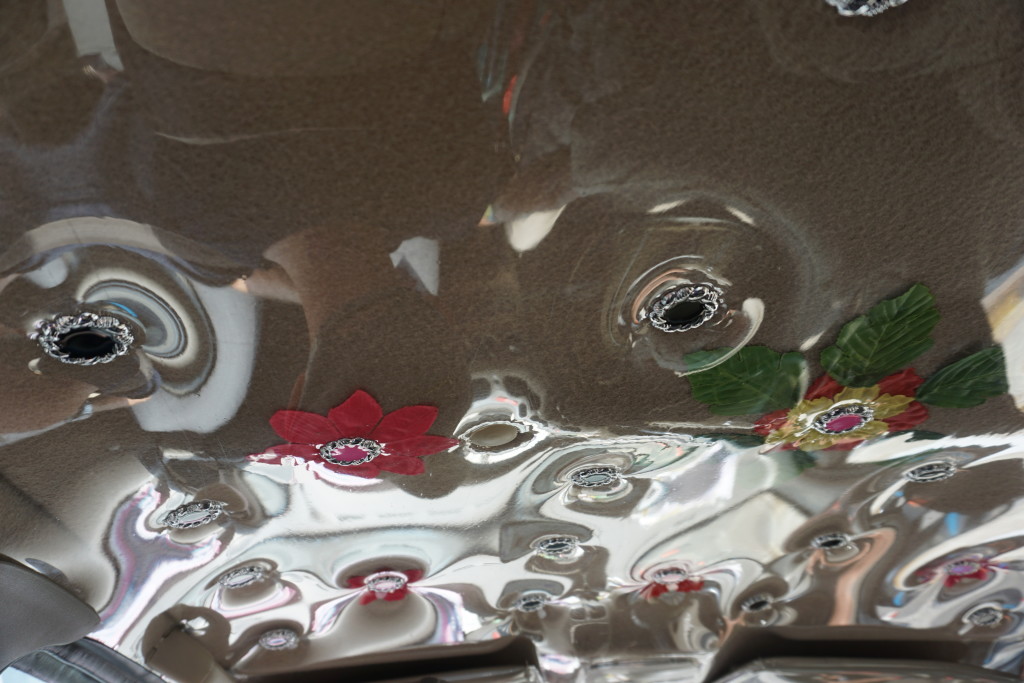 This is the only place I’ve ever visited where I would not drive. It’s too crazy, constantly aggressive, and close proximity is within inches. You need steel driving-kahunas here just to survive, so Raj’s must be made of kryptonite.
This is the only place I’ve ever visited where I would not drive. It’s too crazy, constantly aggressive, and close proximity is within inches. You need steel driving-kahunas here just to survive, so Raj’s must be made of kryptonite.
There seem to be thousands of cabs servicing the rumored 33 million people who actually live in Mumbai. Most of the cabs are black and yellow, which means they don’t have air conditioning. The very few blue cabs, like the one we were in, does have air. That’s how your cab reaches the next classification level.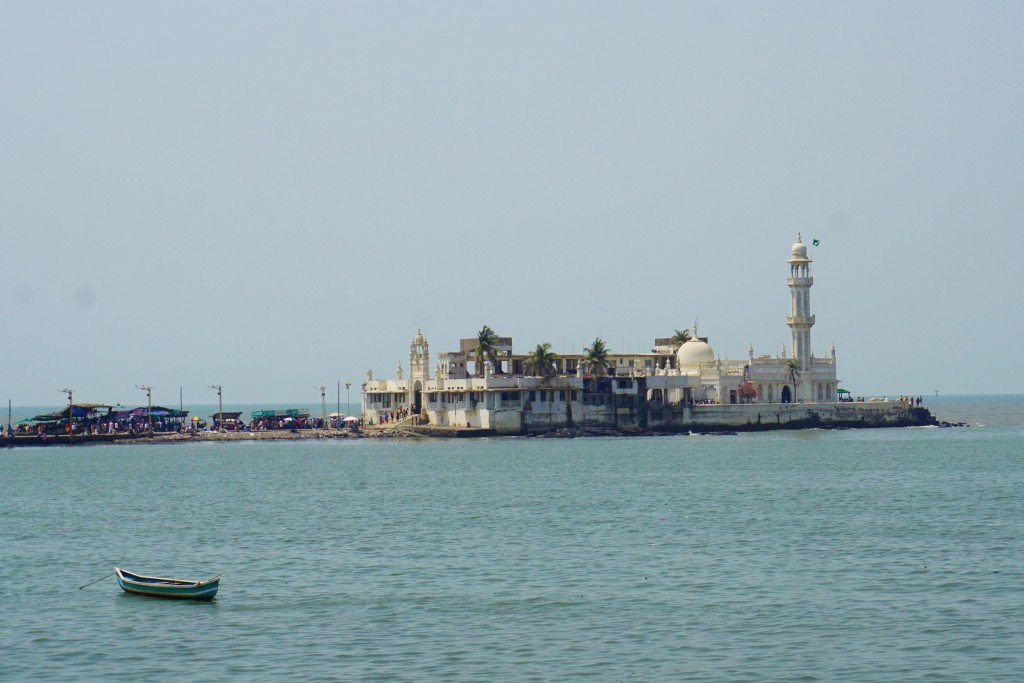 When he wasn’t inducing car-sickness, The Hammer was a great tour guide and took us only the places we wanted to go. We learned a lot about the history of the city, the dominant religions and their practices, and about how the average person lives in Mumbai.
When he wasn’t inducing car-sickness, The Hammer was a great tour guide and took us only the places we wanted to go. We learned a lot about the history of the city, the dominant religions and their practices, and about how the average person lives in Mumbai. 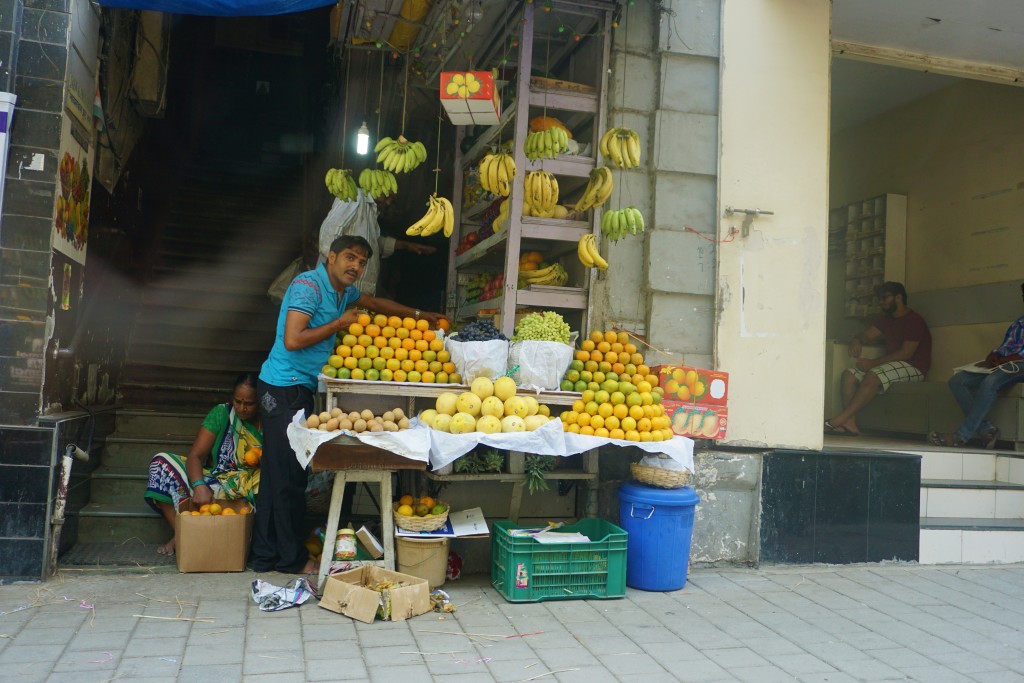
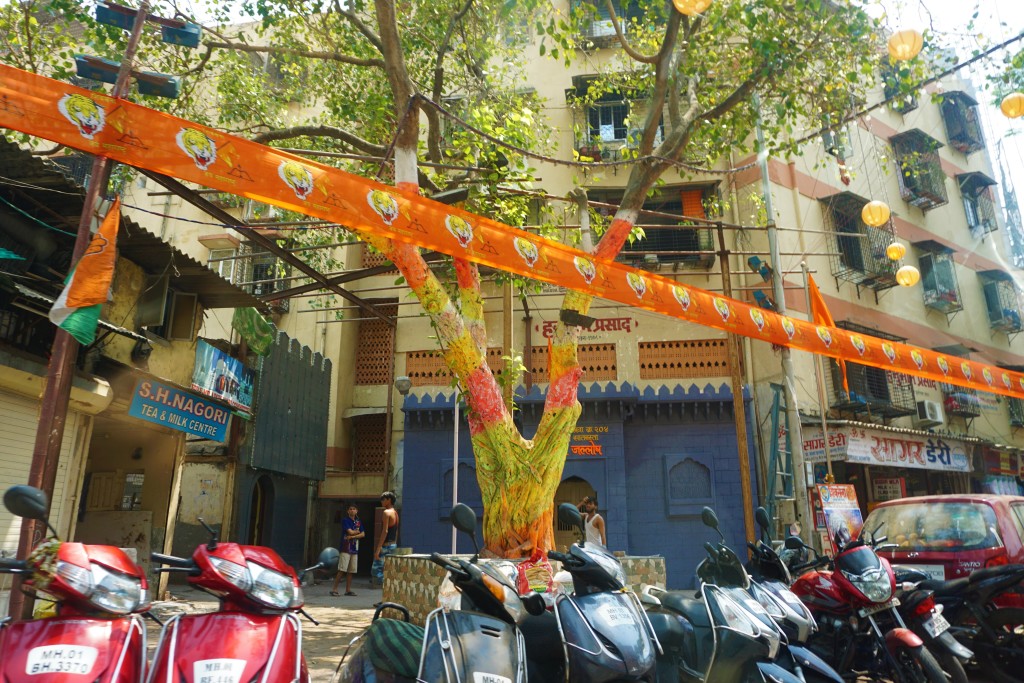
 This is the closest we got to the local trains that are usually crowded with people hanging out of the open doors.
This is the closest we got to the local trains that are usually crowded with people hanging out of the open doors.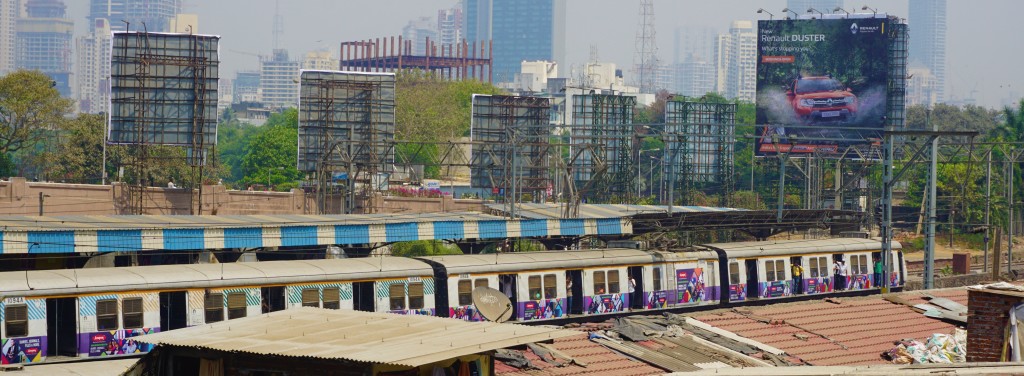 We went to the famous large open air laundry called Dhobi Ghat.
We went to the famous large open air laundry called Dhobi Ghat.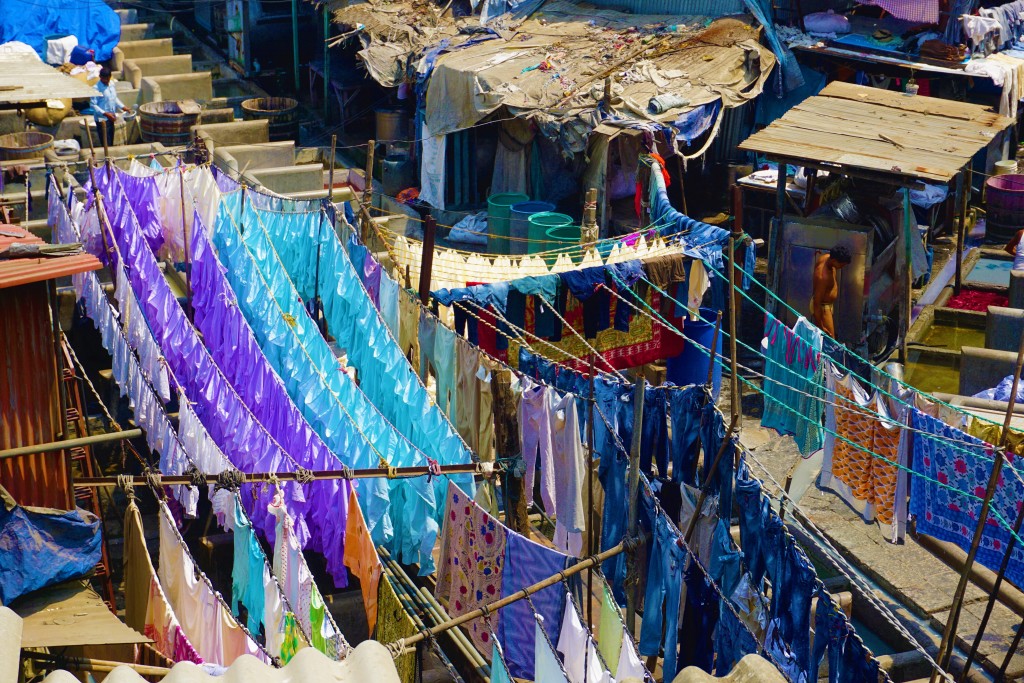 The Gateway to India, originally a cardboard and papier mache model.
The Gateway to India, originally a cardboard and papier mache model.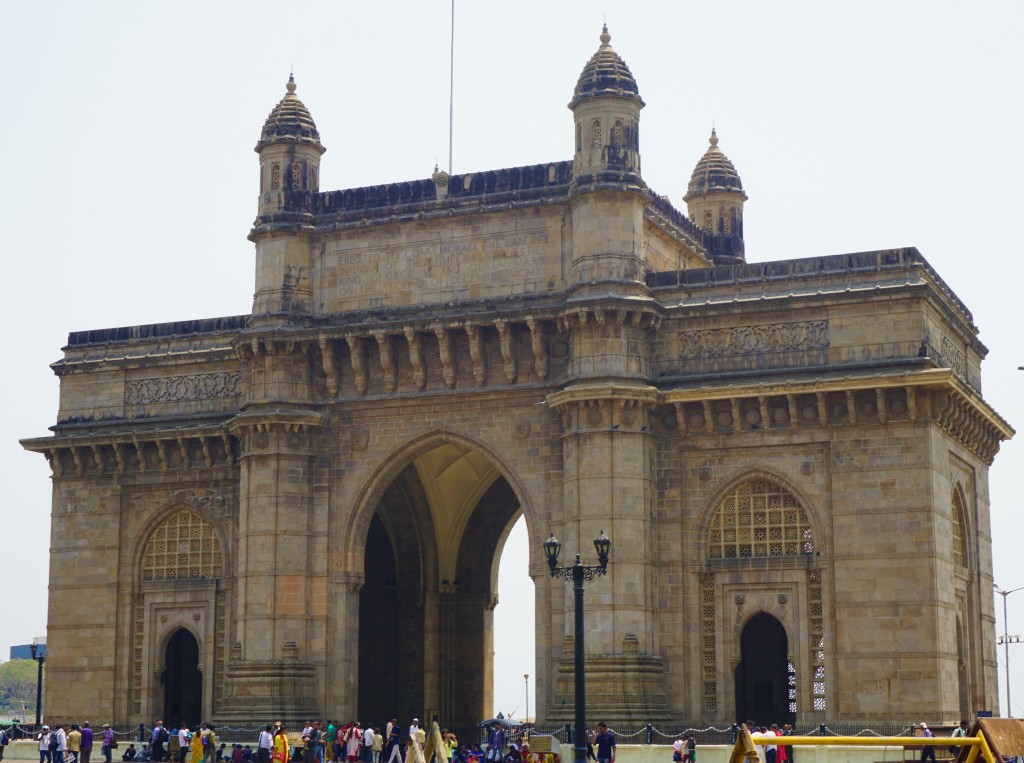
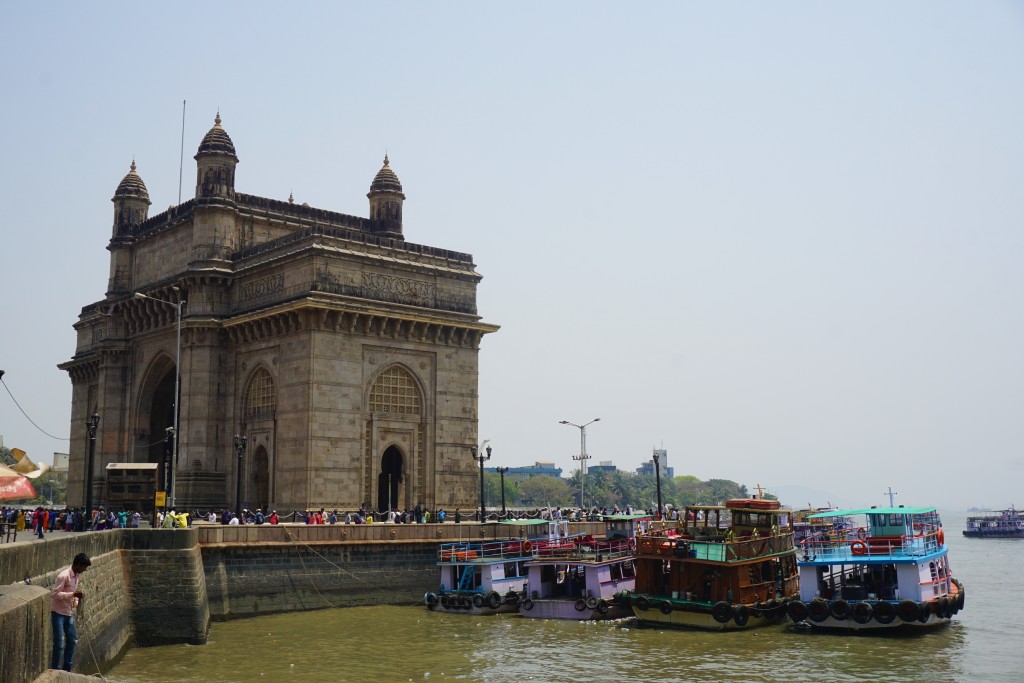
 Pigeons have their own preferred area.
Pigeons have their own preferred area.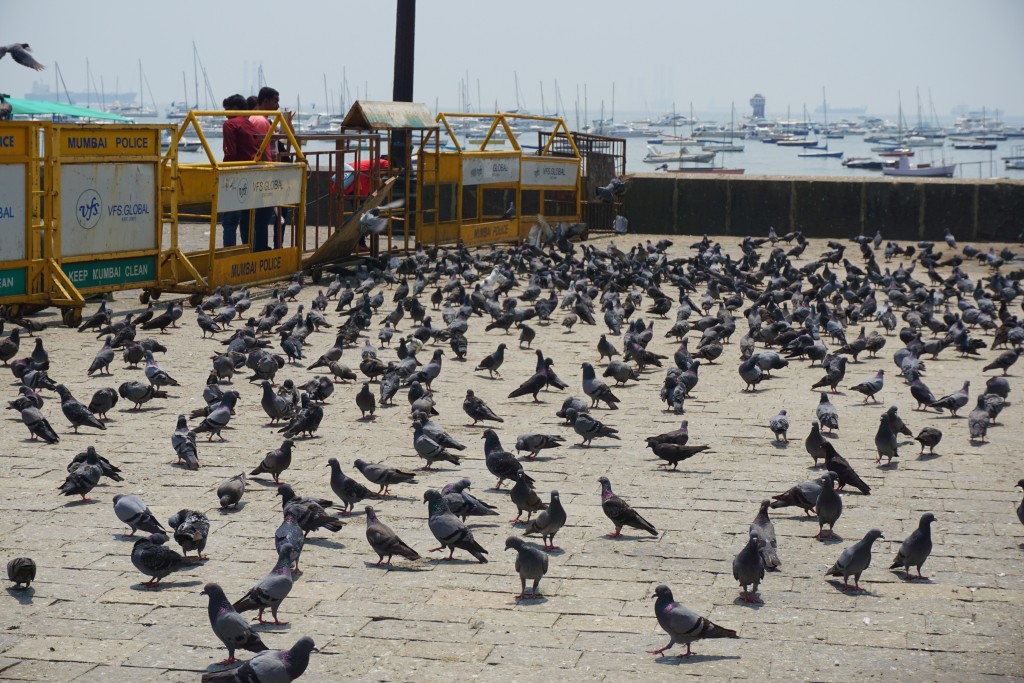 This building was across the street from the gate.
This building was across the street from the gate.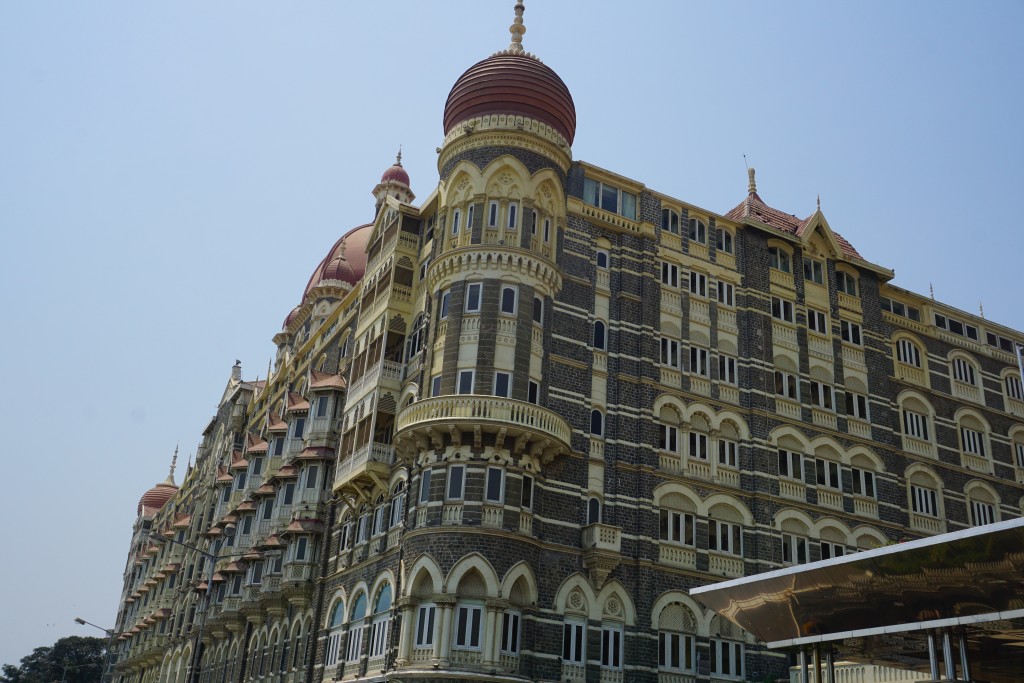 Raj showed us this famous fountain on the way to the Victoria station.
Raj showed us this famous fountain on the way to the Victoria station.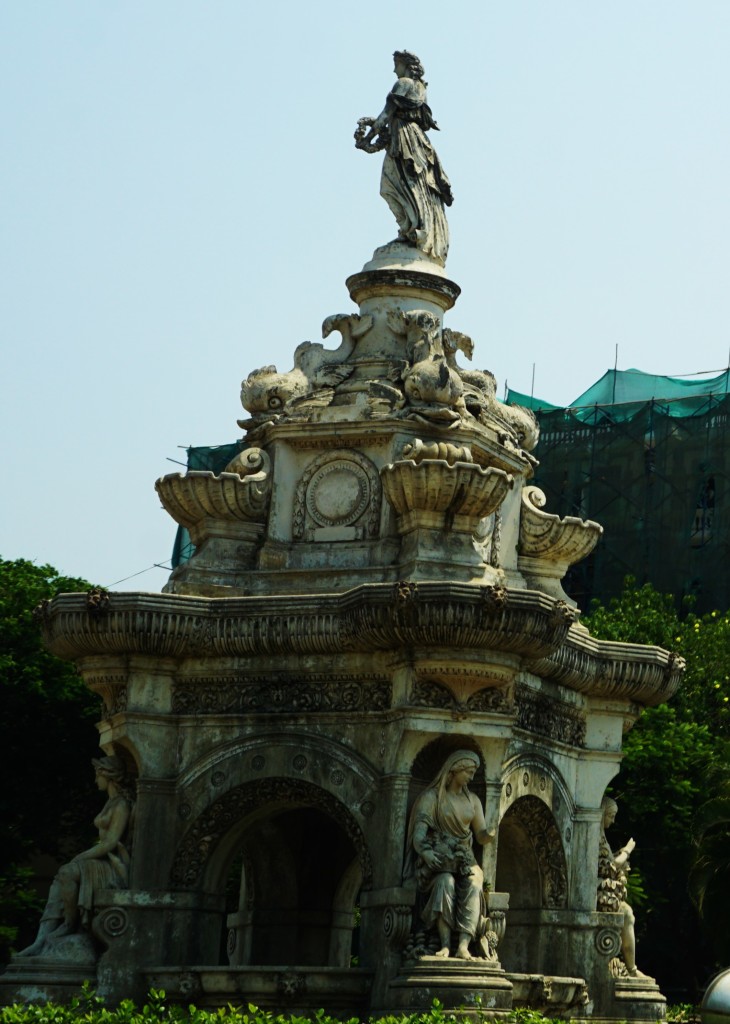
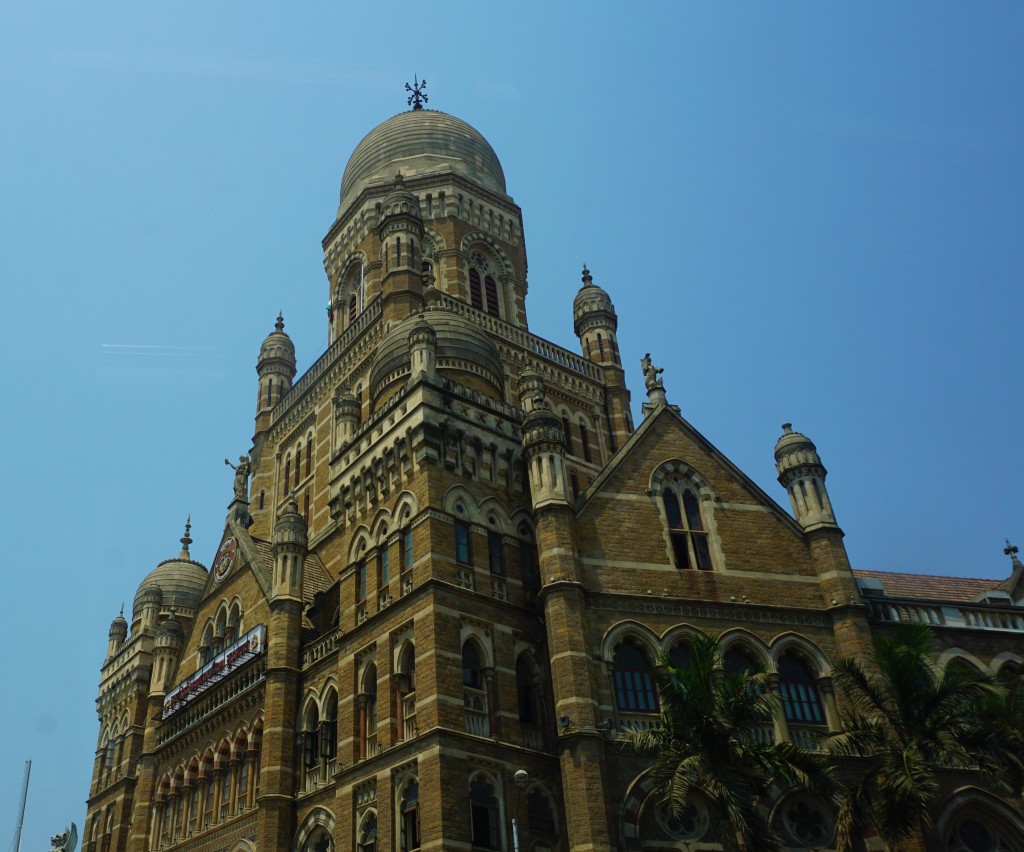
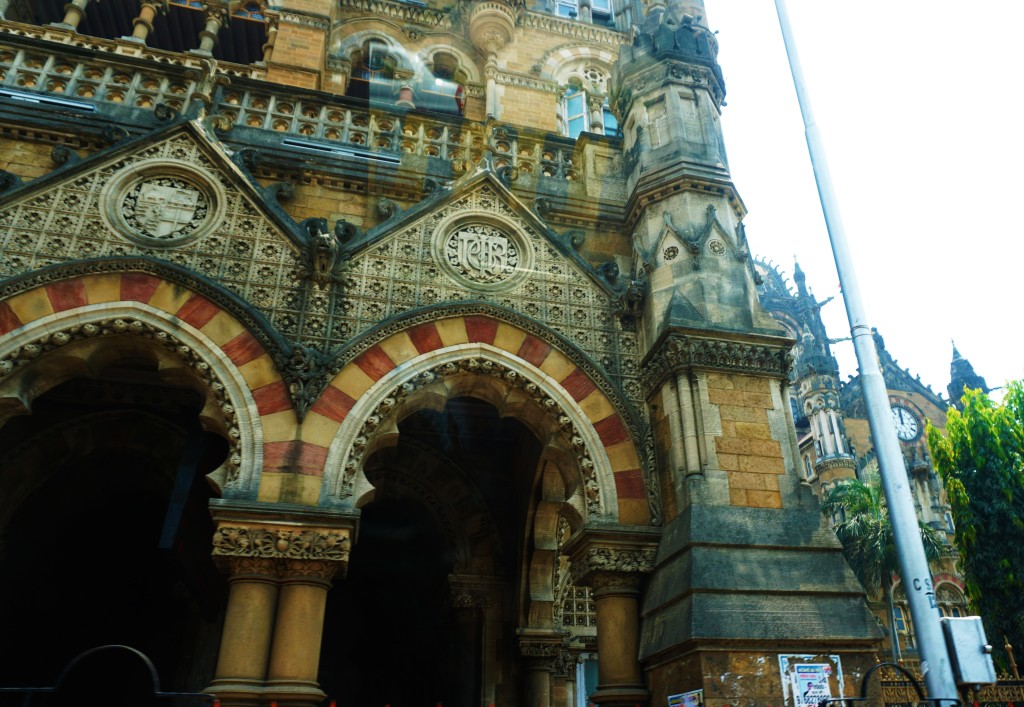
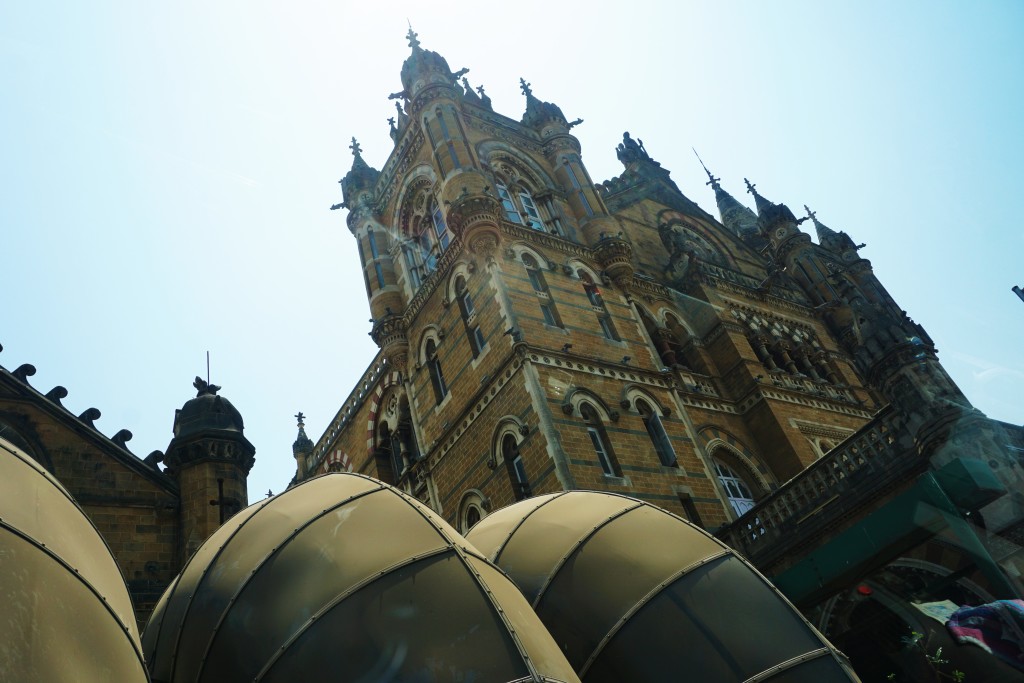

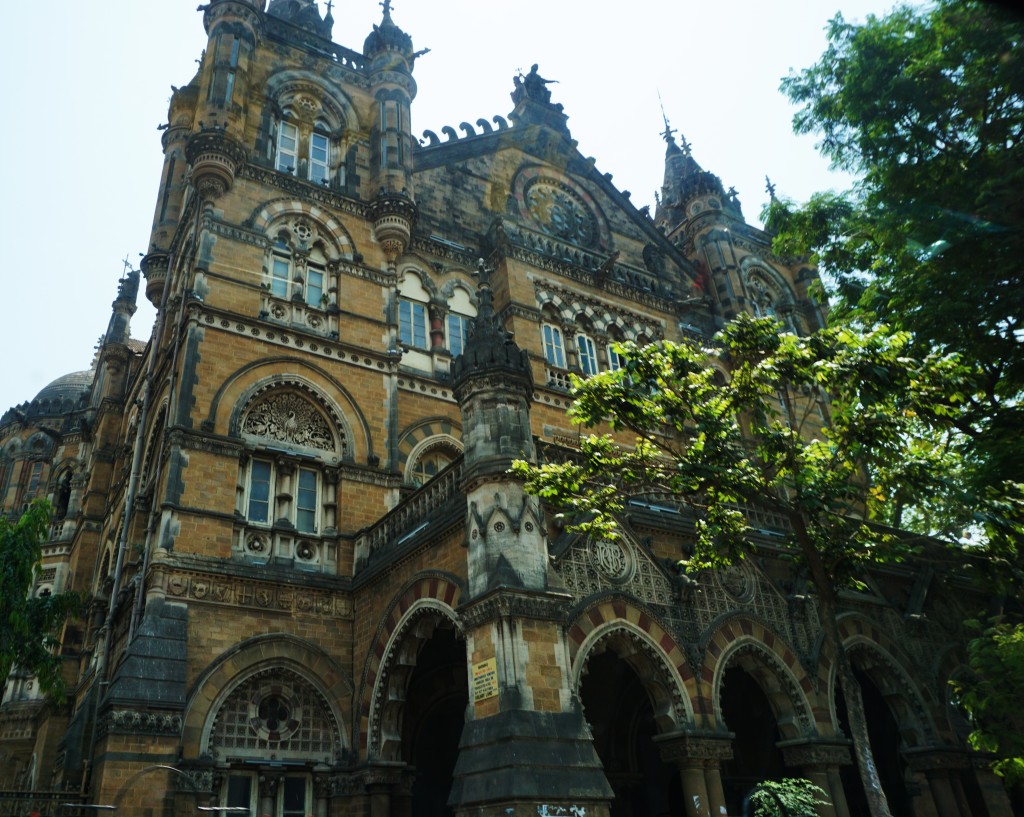 The highlight of our day was a trip to see where Ghandi lived.
The highlight of our day was a trip to see where Ghandi lived. 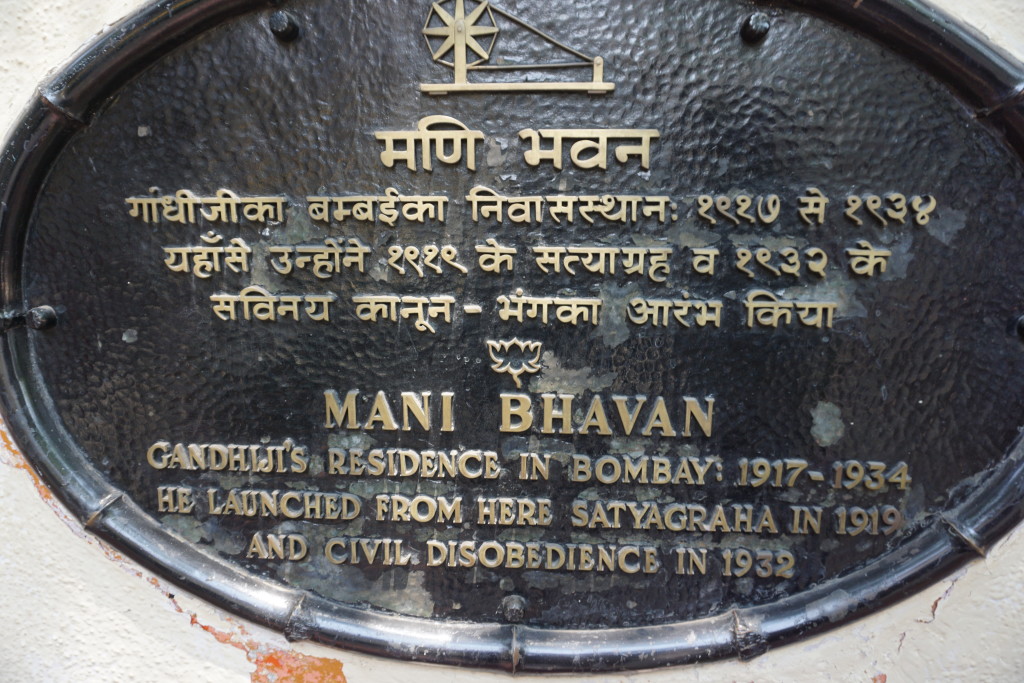
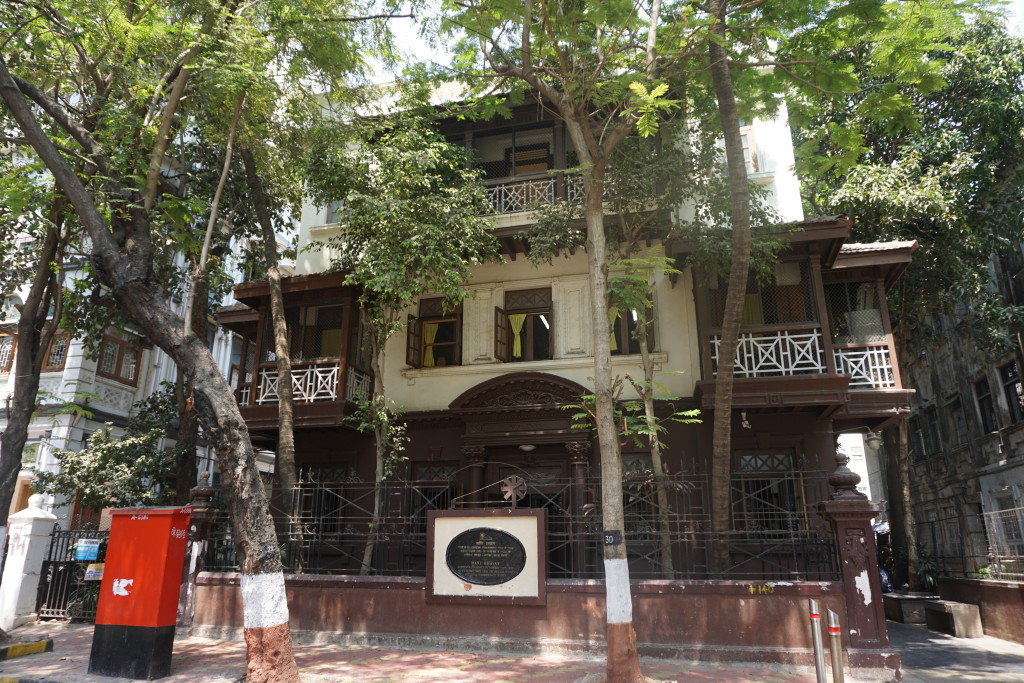
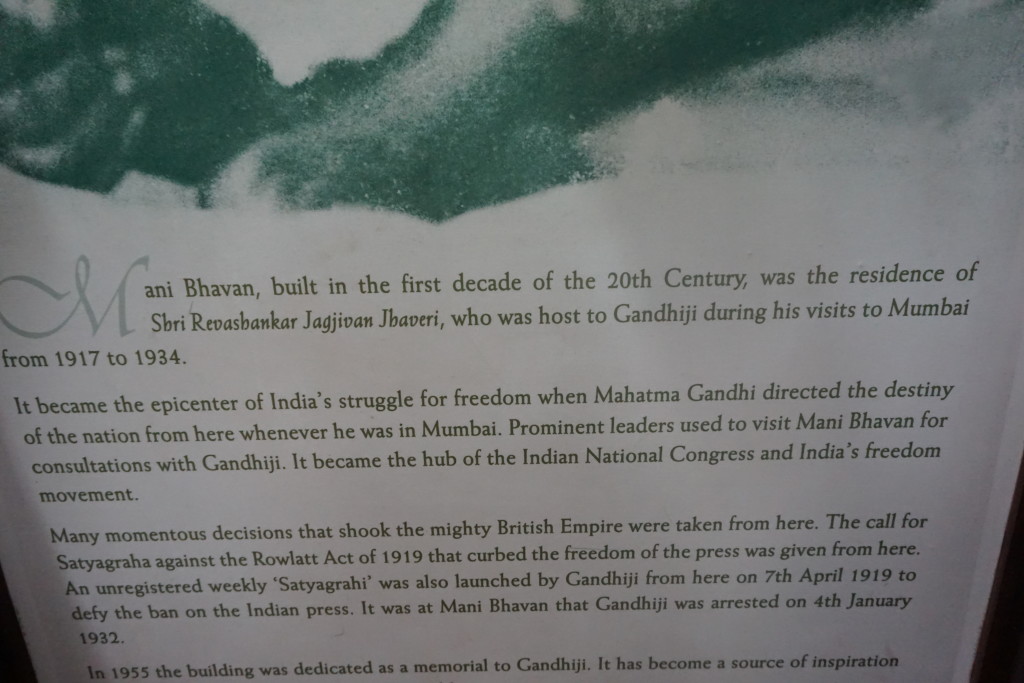 This is the room where he lived, his mattress, and the few belongings he had.
This is the room where he lived, his mattress, and the few belongings he had.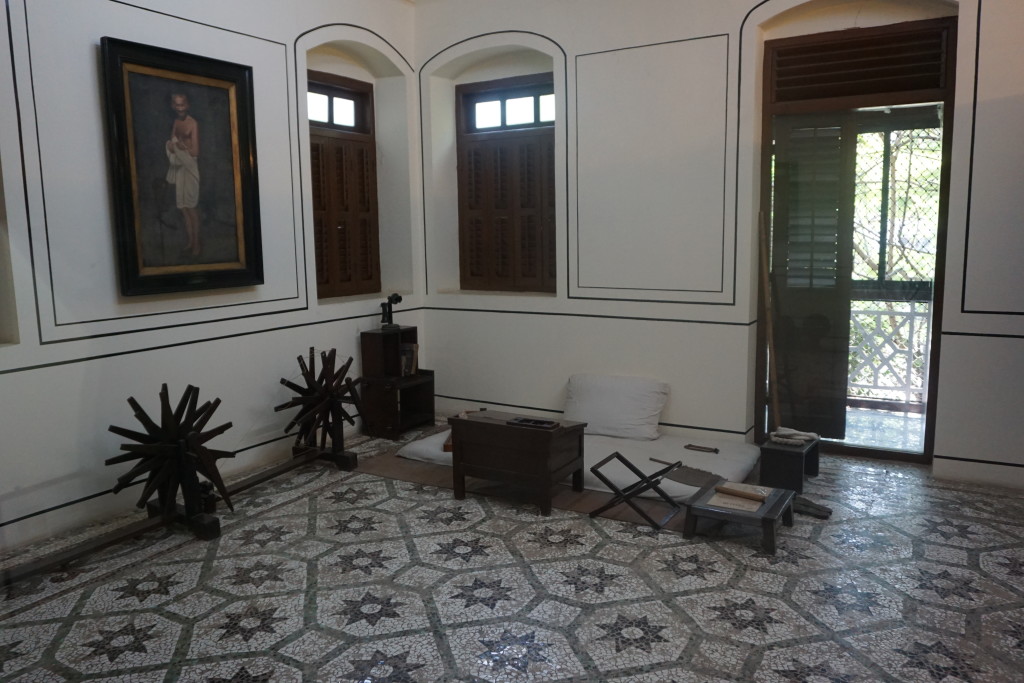
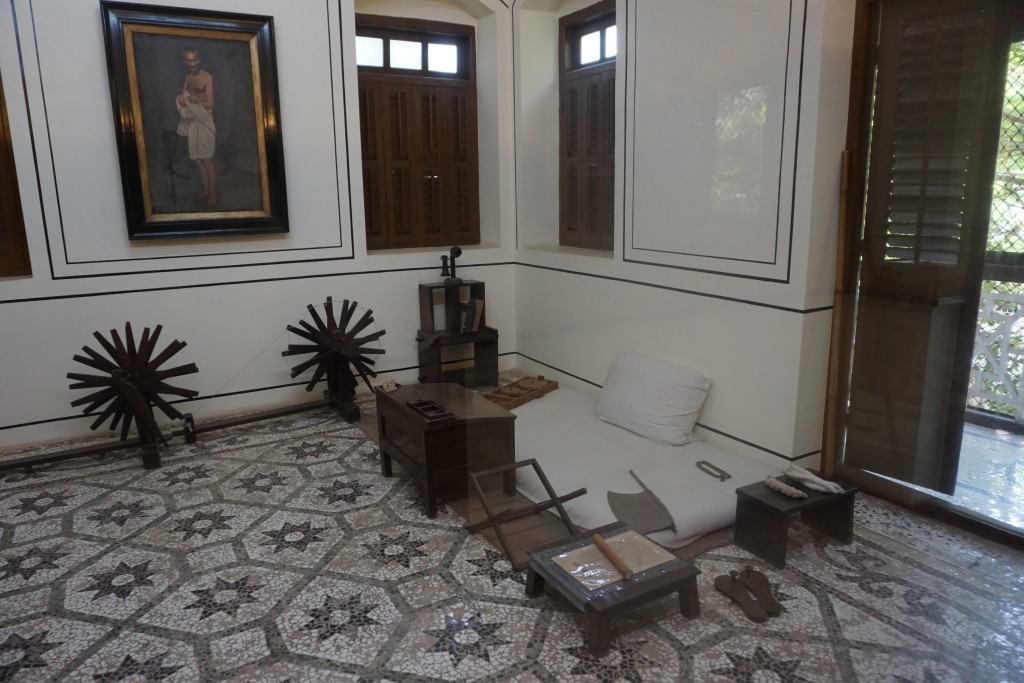 These were some of his belongings from one of the times he was imprisoned.
These were some of his belongings from one of the times he was imprisoned.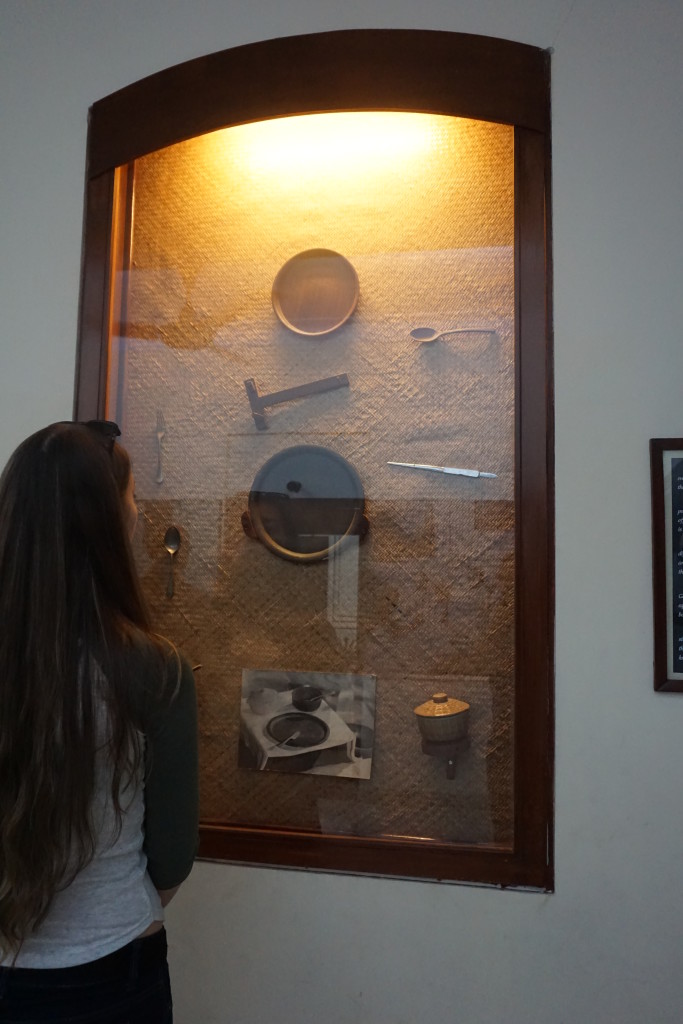
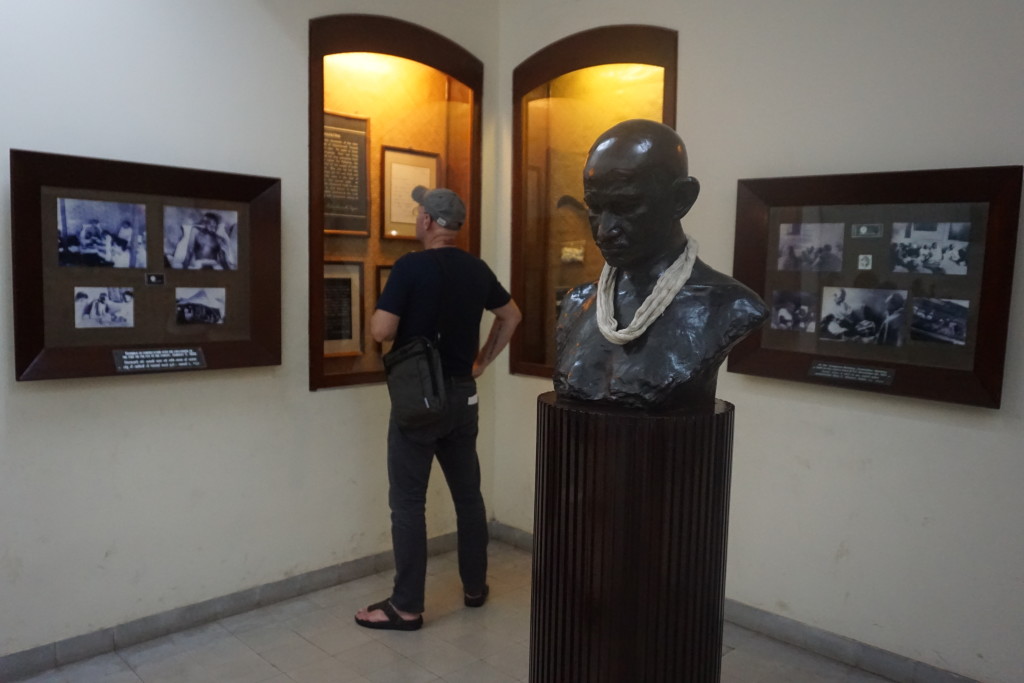
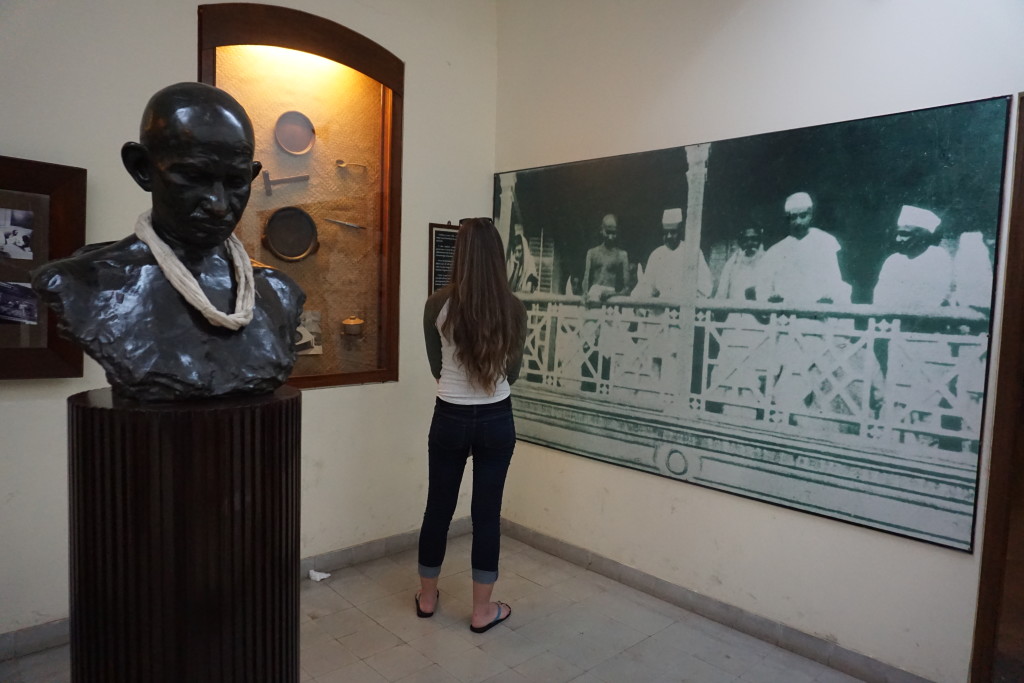
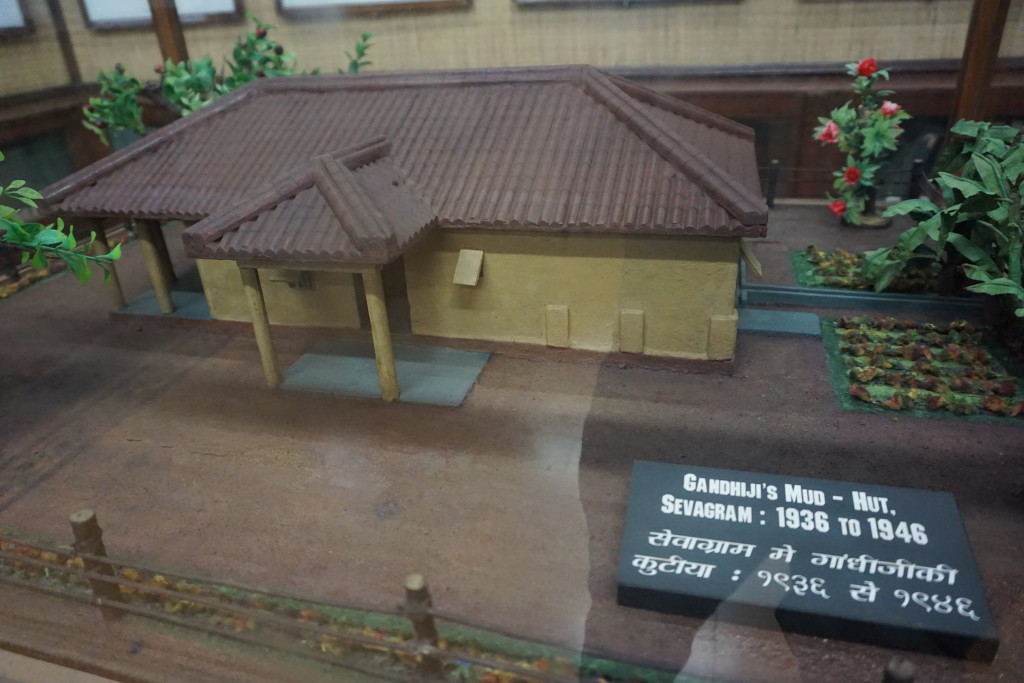 On the first floor was a library dedicated to research and books related Ghandi’s beliefs.
On the first floor was a library dedicated to research and books related Ghandi’s beliefs.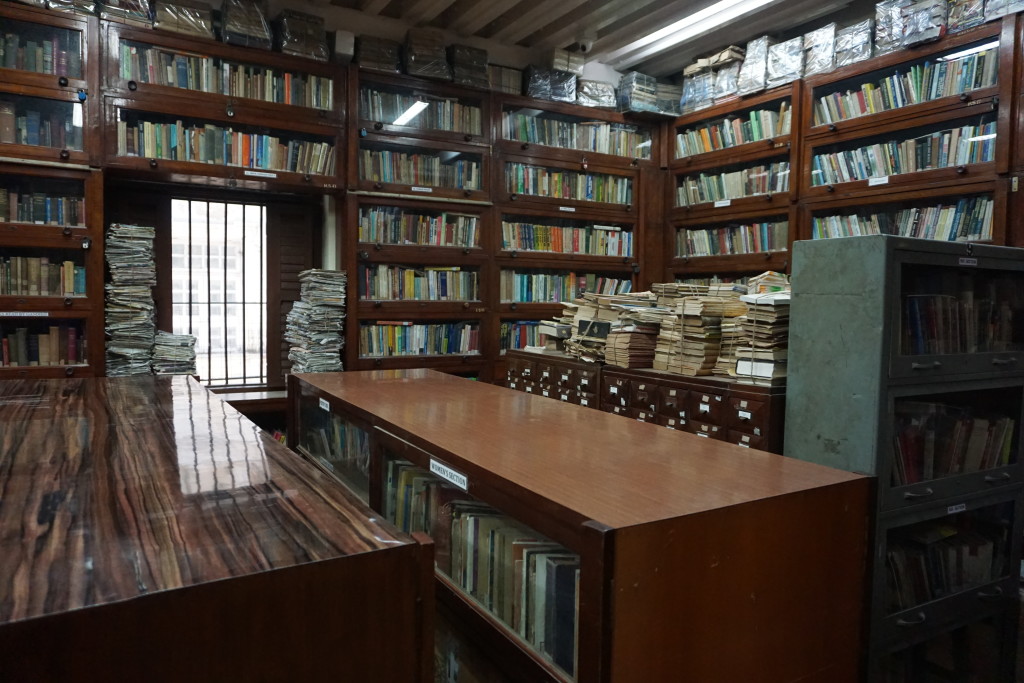
His correspondence and writings were among the most fascinating aspects of the museum. There is are letters to Roosevelt, Hitler, Tolstoy, and other well-known people. Fascinating.